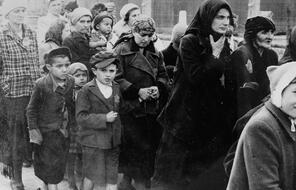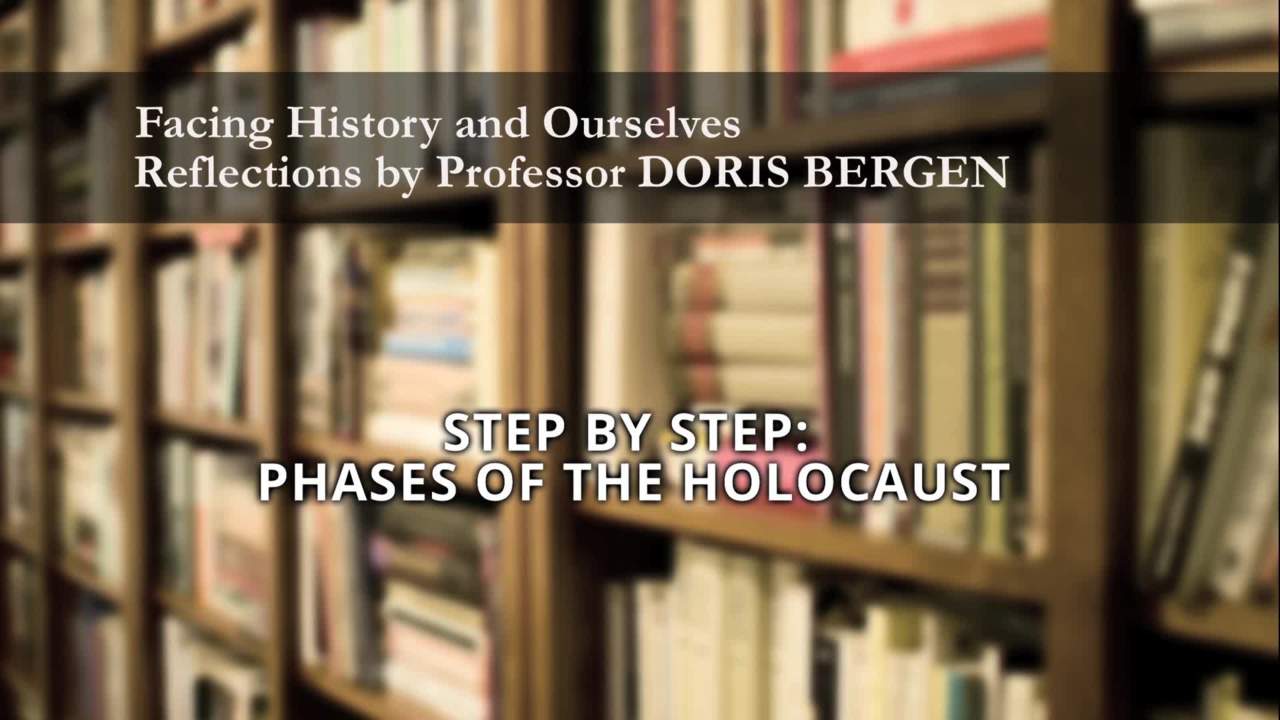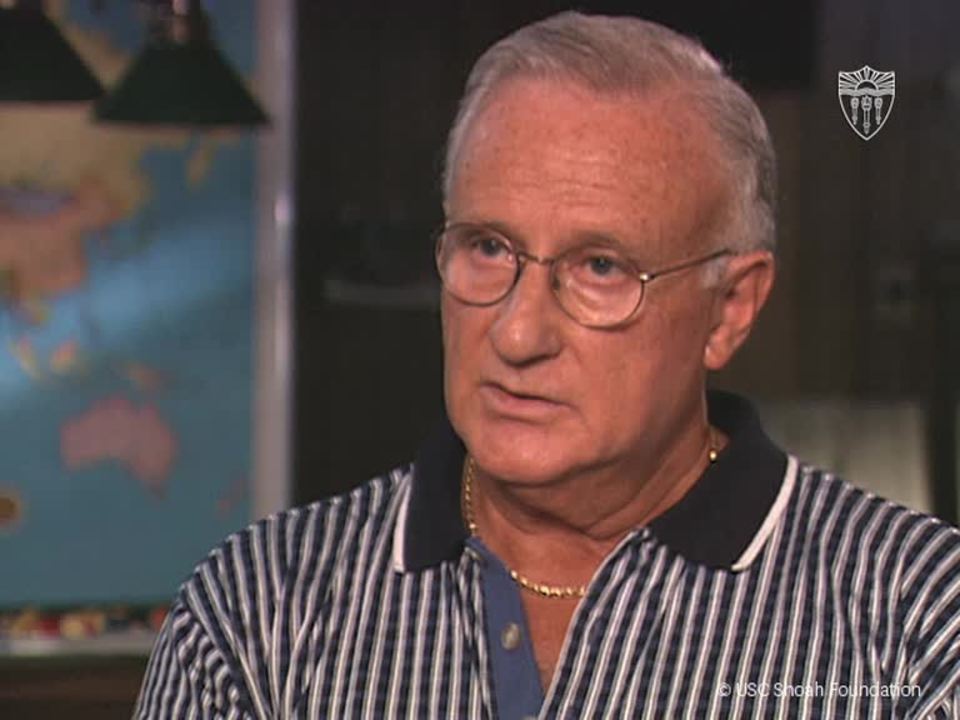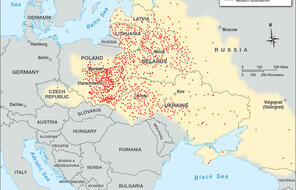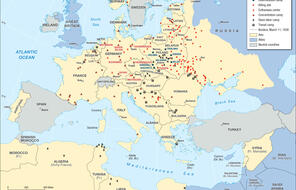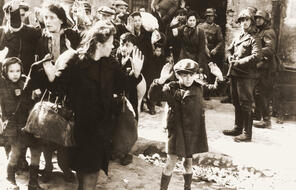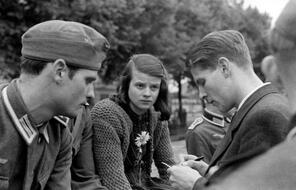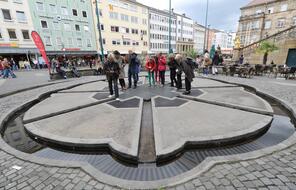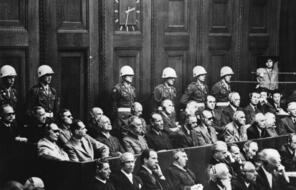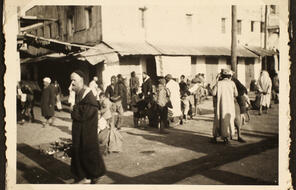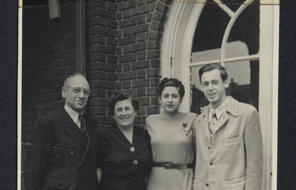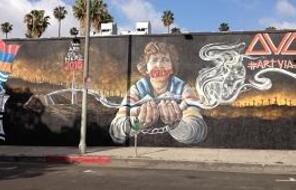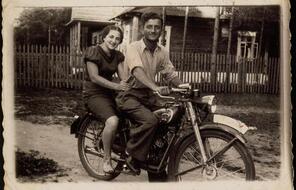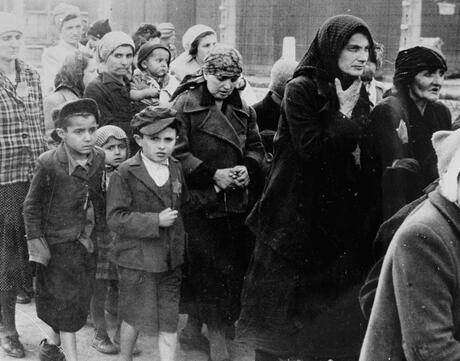
The Holocaust - Bearing Witness (UK)
Overview
About This Lesson
The purpose of this lesson is to introduce students to the enormity of the crimes committed during the Holocaust and to help them bear witness to the experiences of those targeted by the Nazis. In this lesson, students will continue this unit’s historical case study by learning about four phases of the Holocaust and then looking closely at stories of individuals who were targeted by Nazi brutality.
The extension includes the stories of individuals who, in spite of the danger, violence, and suffering around them, resisted the Nazis’ programme of dehumanisation and murder. A small percentage of prisoners in camps and ghettos found ways to carry out armed resistance, while others engaged in forms of ‘spiritual resistance’, and fought to maintain a sense of identity, dignity, faith, and culture in the degrading and dehumanizing systems of the ghettos and camps.
It is crucial in a study of the Holocaust to acknowledge the various ways that Jews and others targeted by the Nazis resisted, and to recognise the incredible challenges they faced.
Preparing to Teach
A Note to Teachers
Before you teach this lesson, please review the following guidance to tailor this lesson to your students’ contexts.
Lesson Plan
Activities
Suggested Homework
Extension Activities
Materials and Downloads
Quick Downloads
Download the Files
Get Files Via Google
The Holocaust - Bearing Witness (UK)
Race and Space (UK)
The Holocaust - The Range of Responses (UK)
Unlimited Access to Learning. More Added Every Month.
Facing History & Ourselves is designed for educators who want to help students explore identity, think critically, grow emotionally, act ethically, and participate in civic life. It’s hard work, so we’ve developed some go-to professional learning opportunities to help you along the way.
Exploring ELA Text Selection with Julia Torres
On-Demand

Working for Justice, Equity and Civic Agency in Our Schools: A Conversation with Clint Smith
On-Demand

Centering Student Voices to Build Community and Agency
On-Demand




